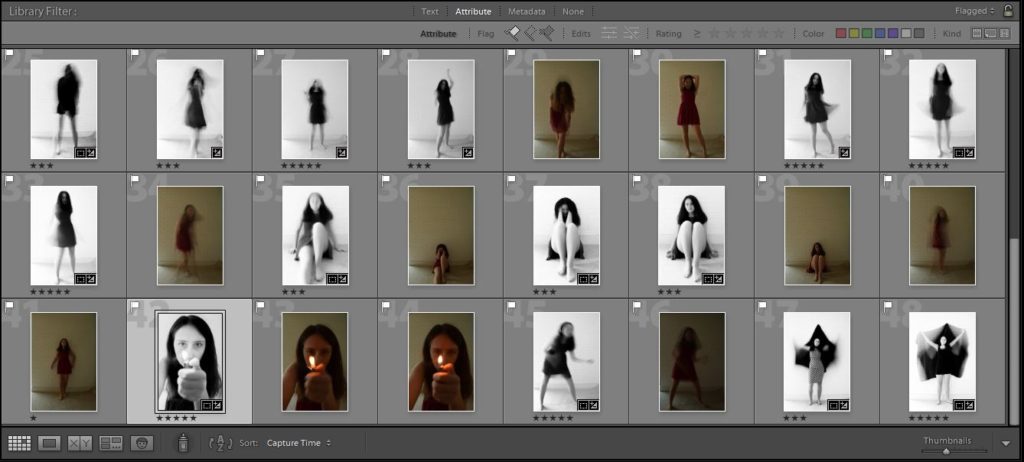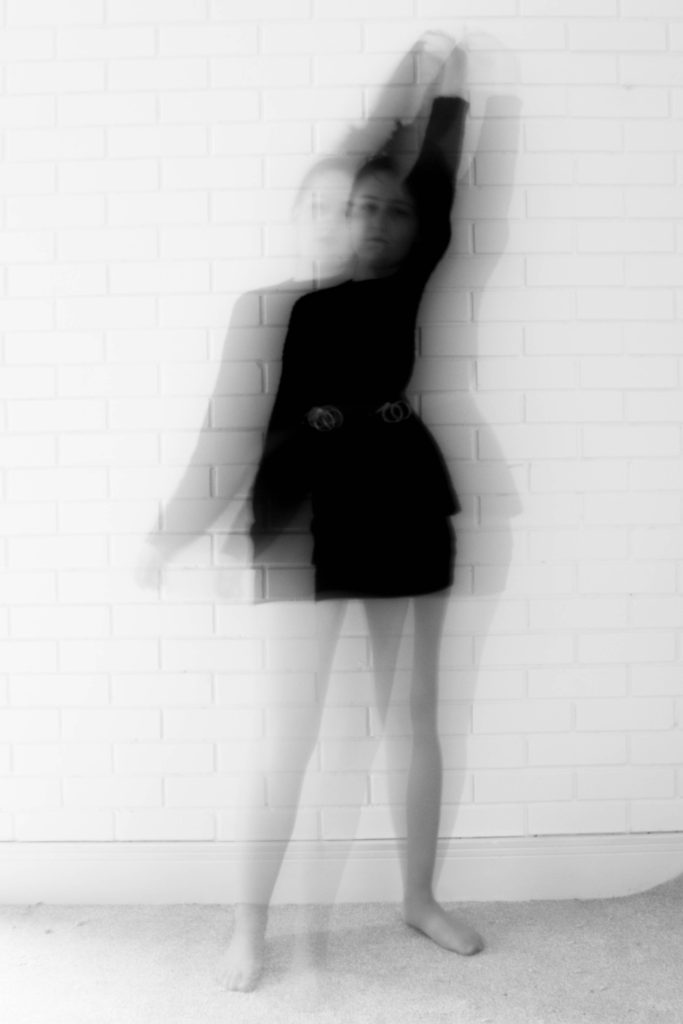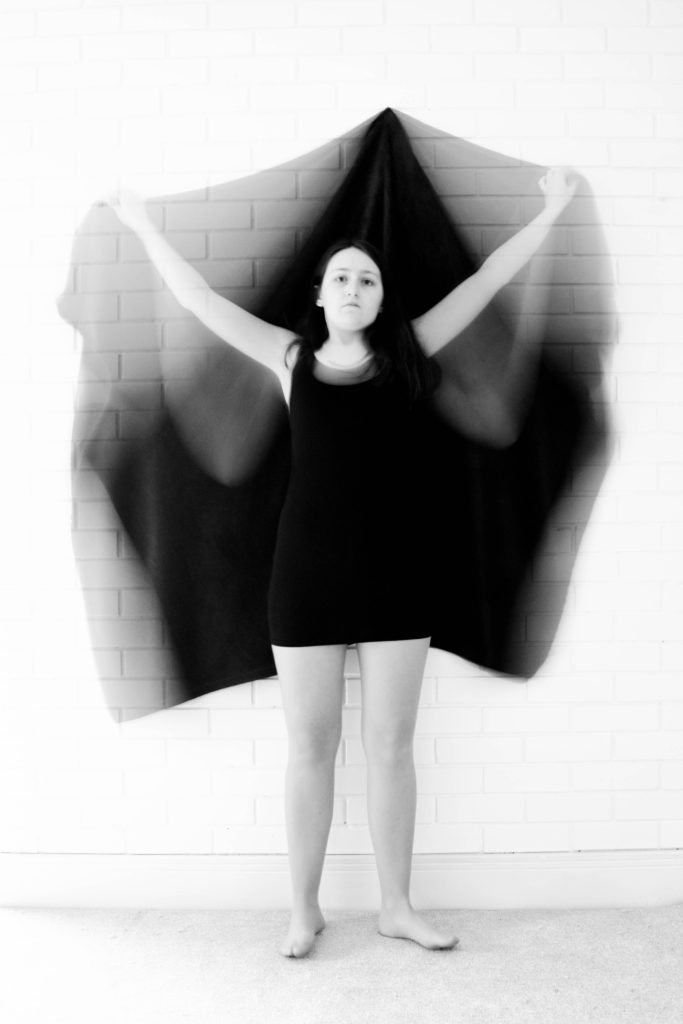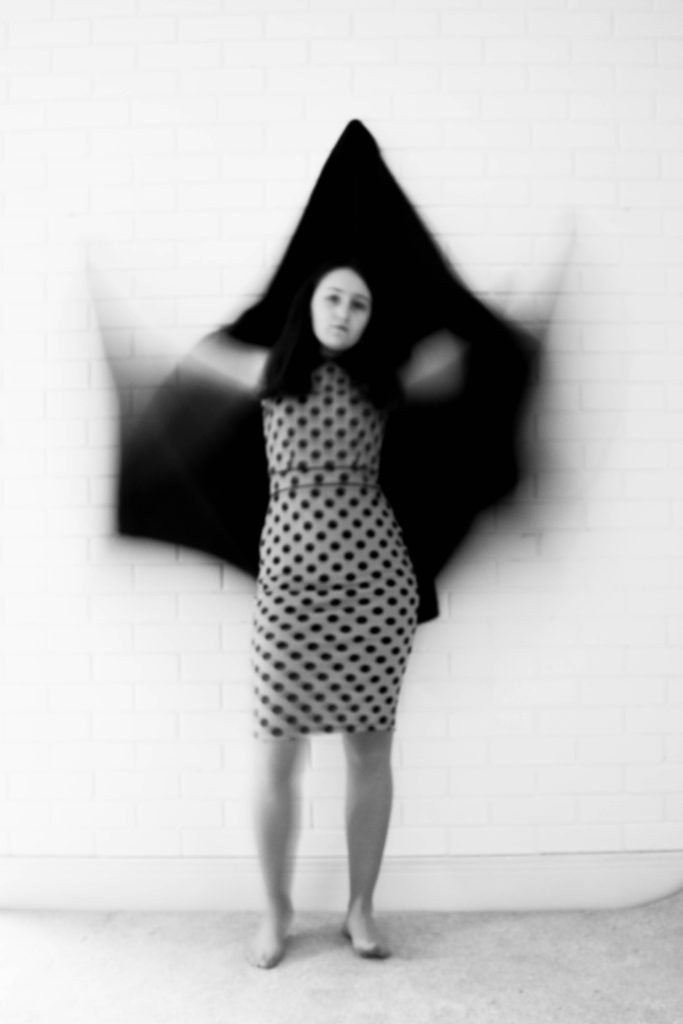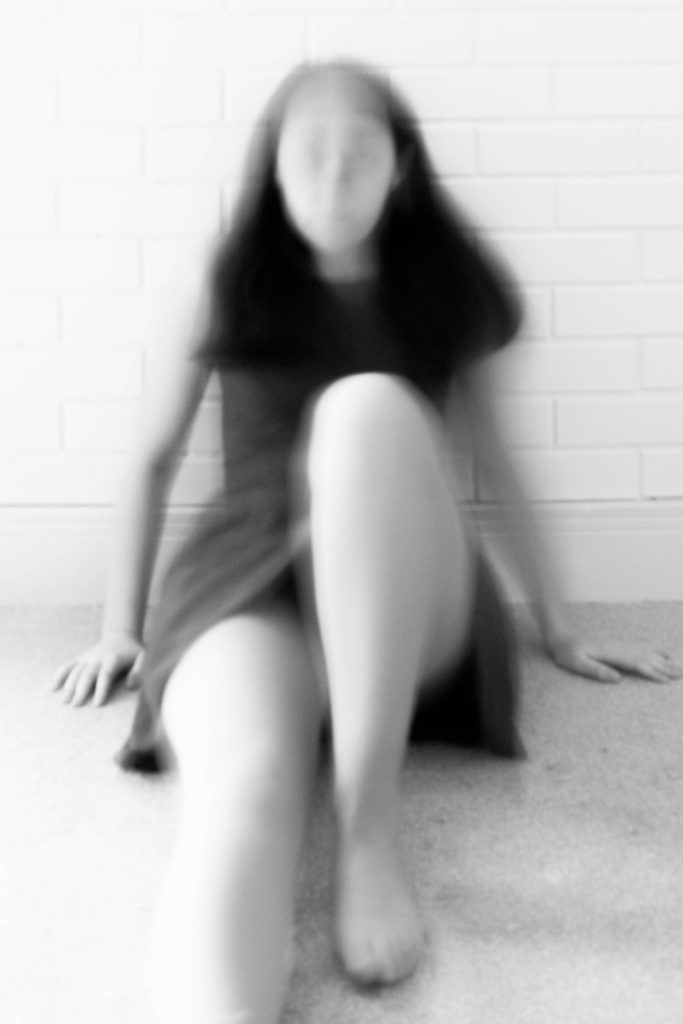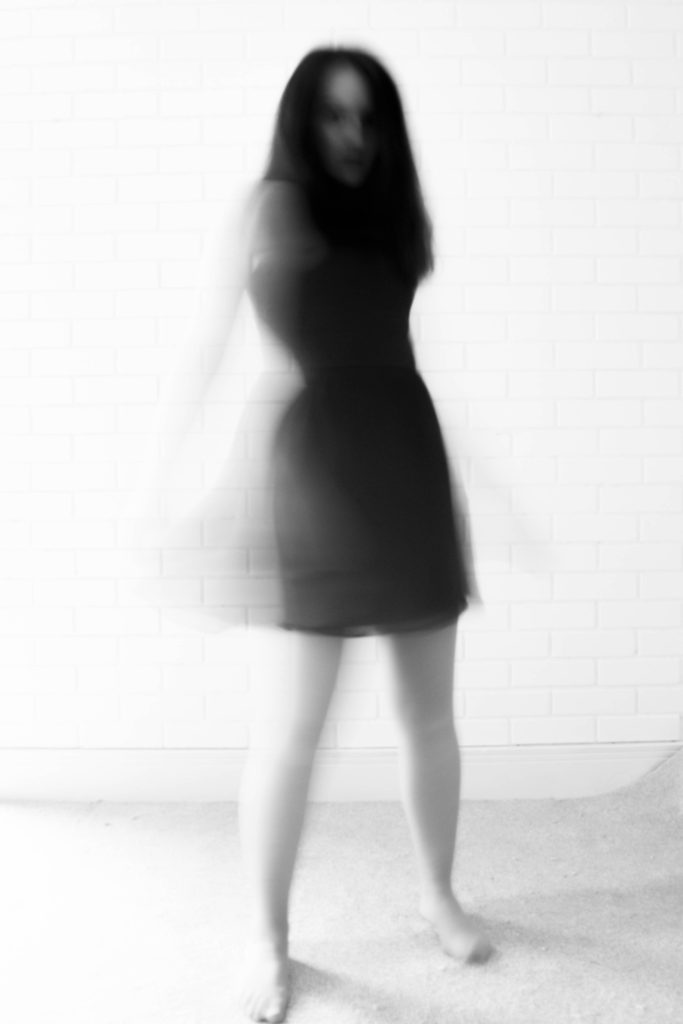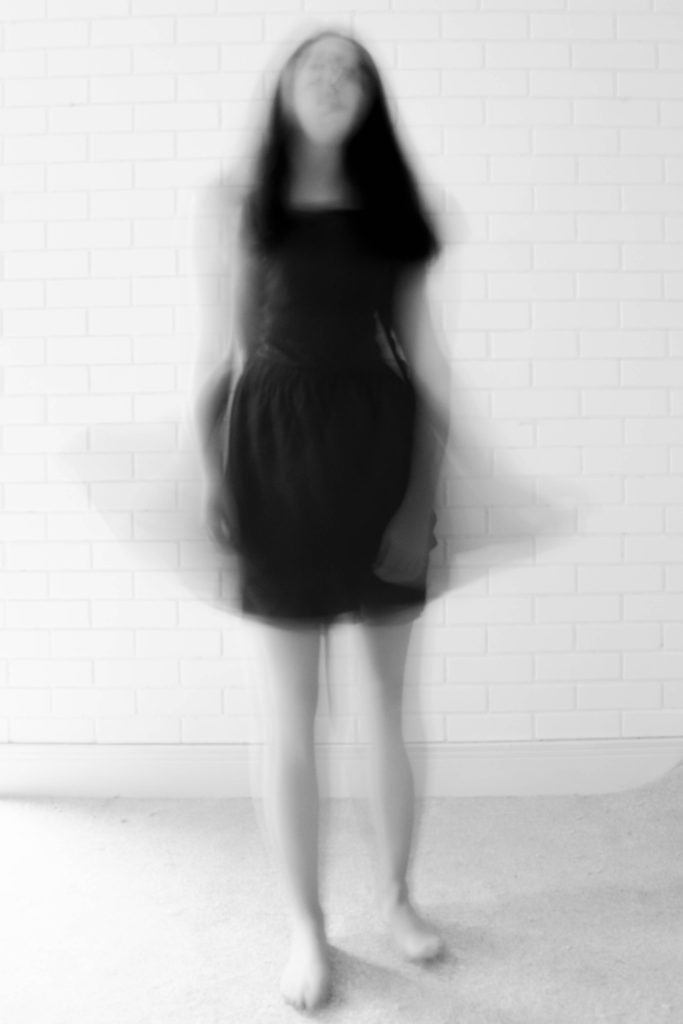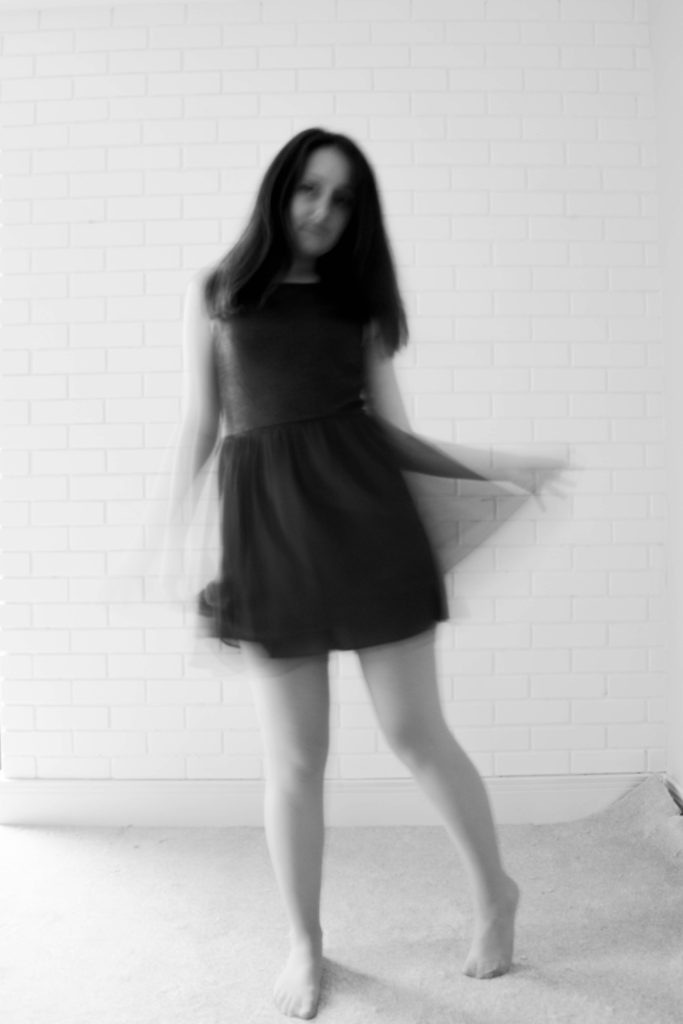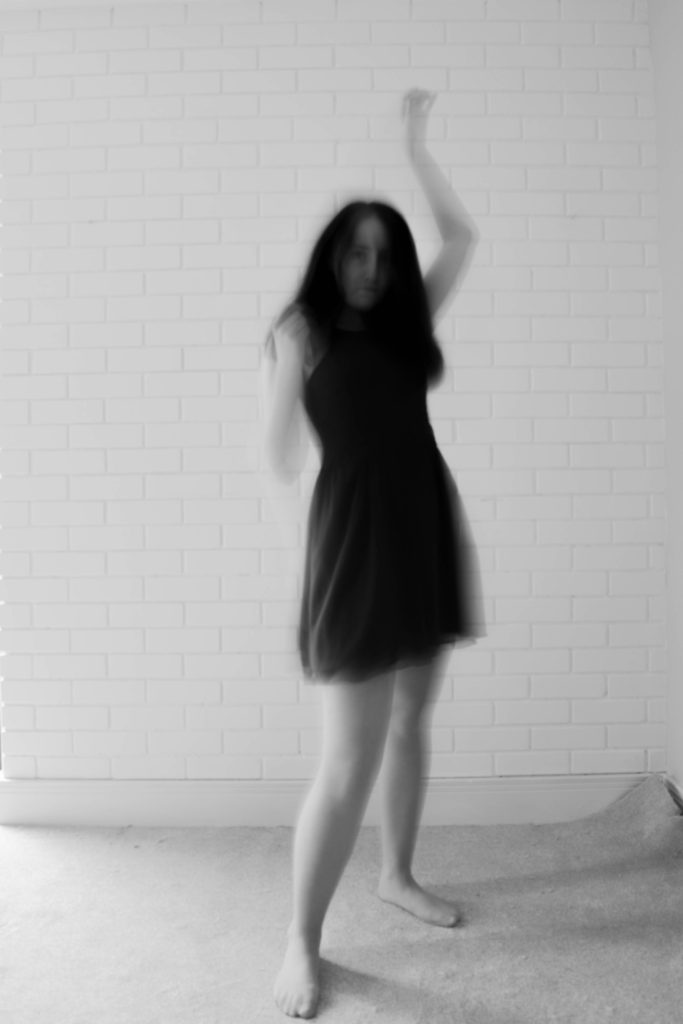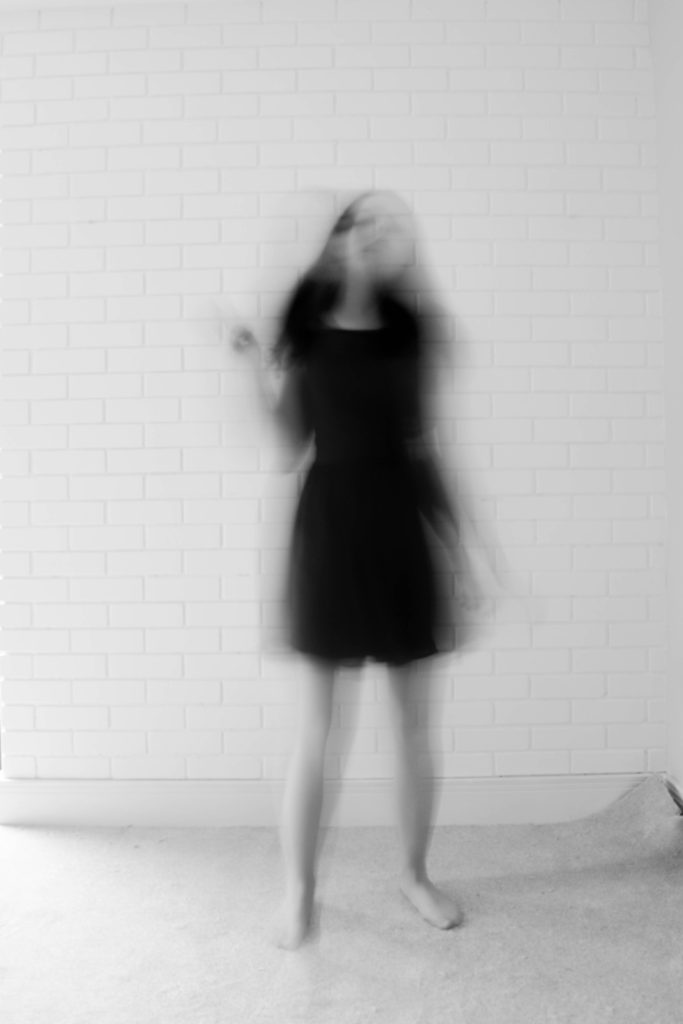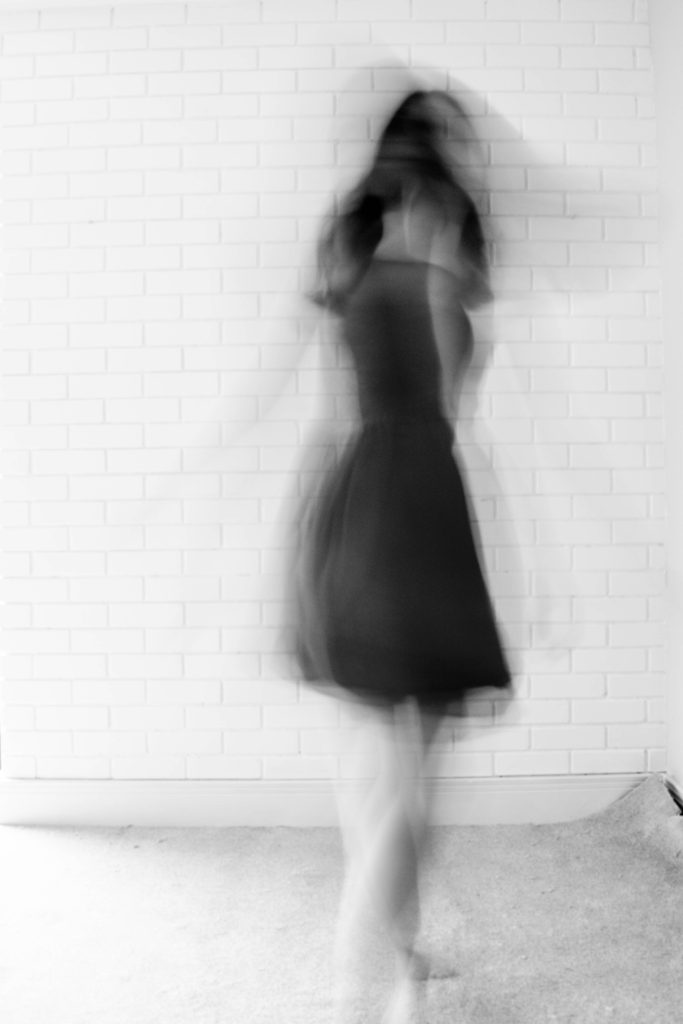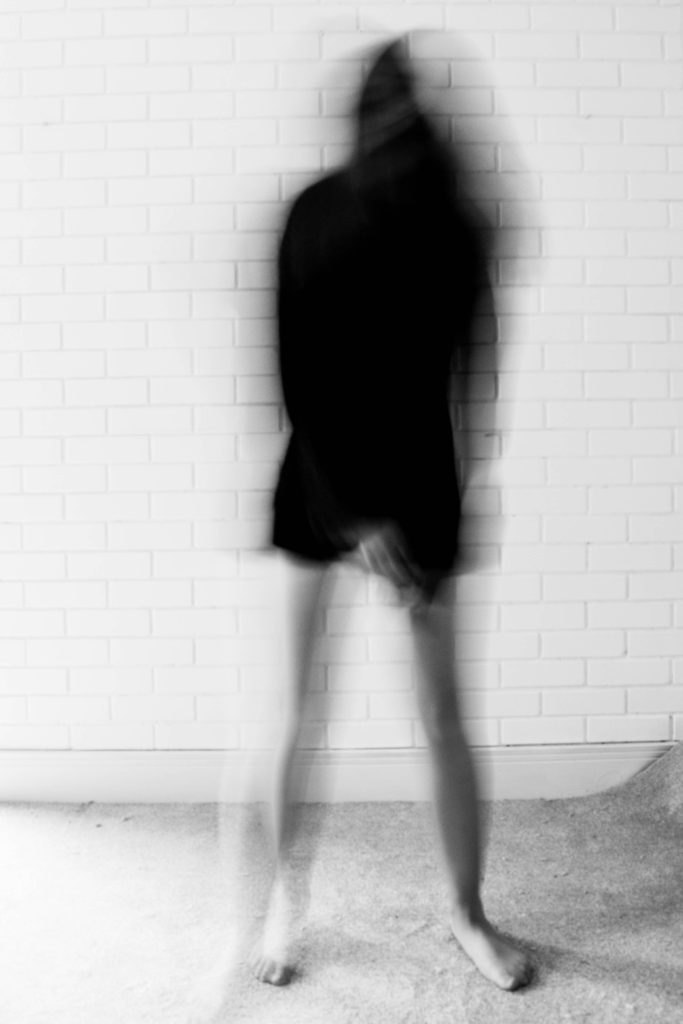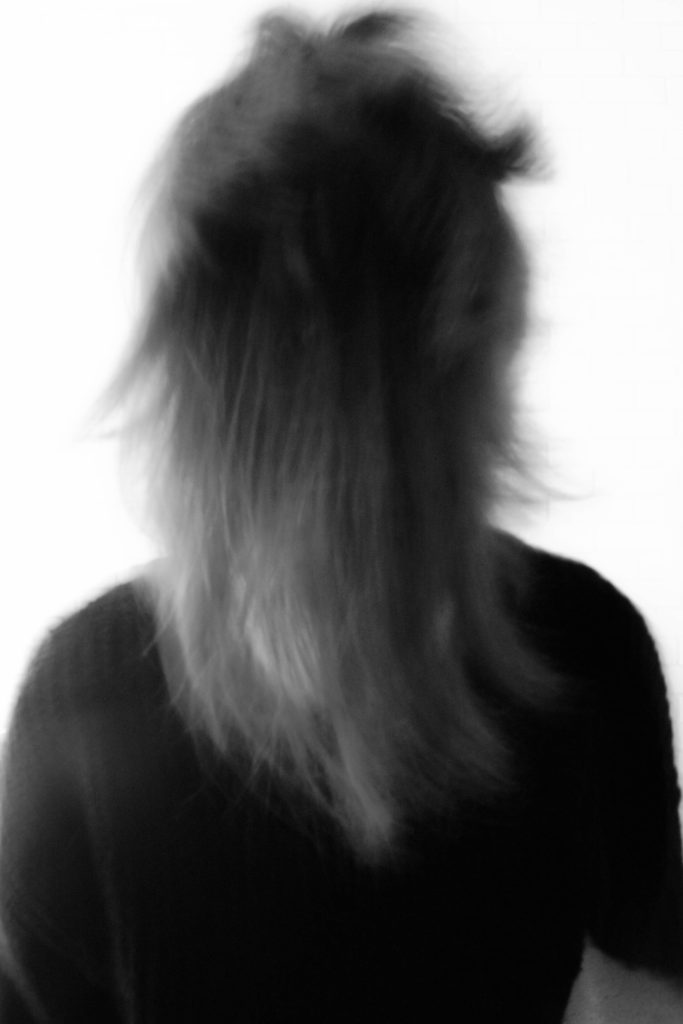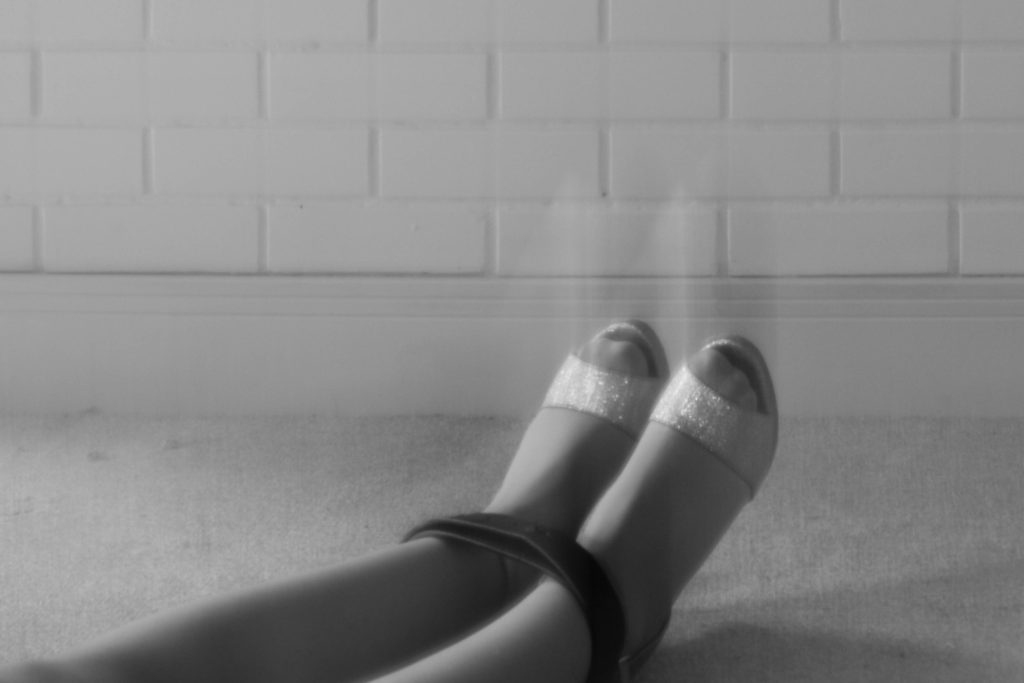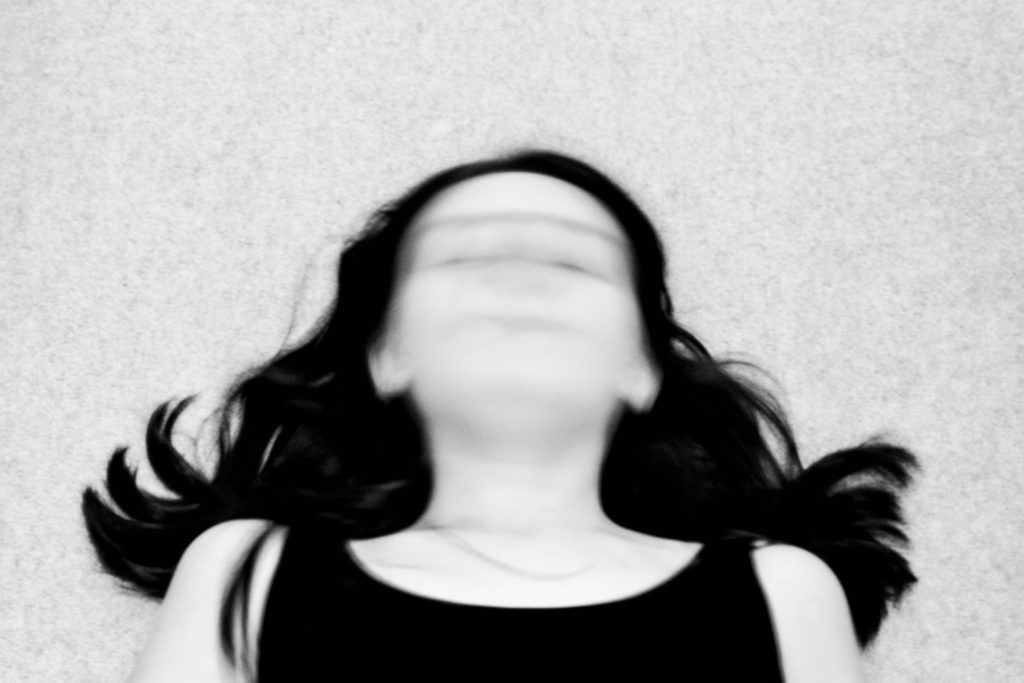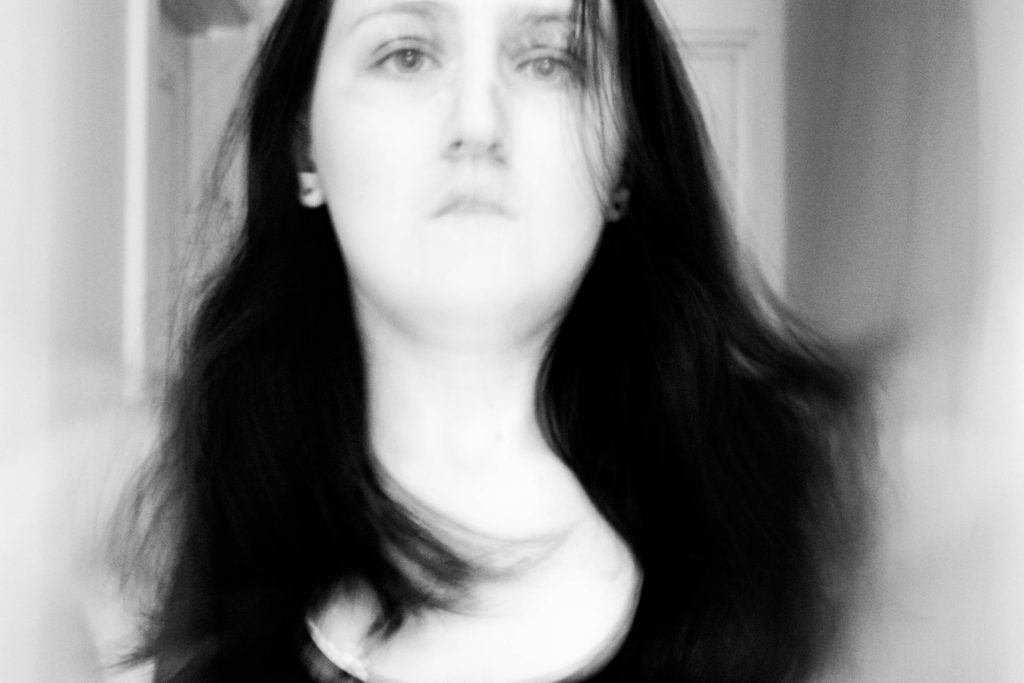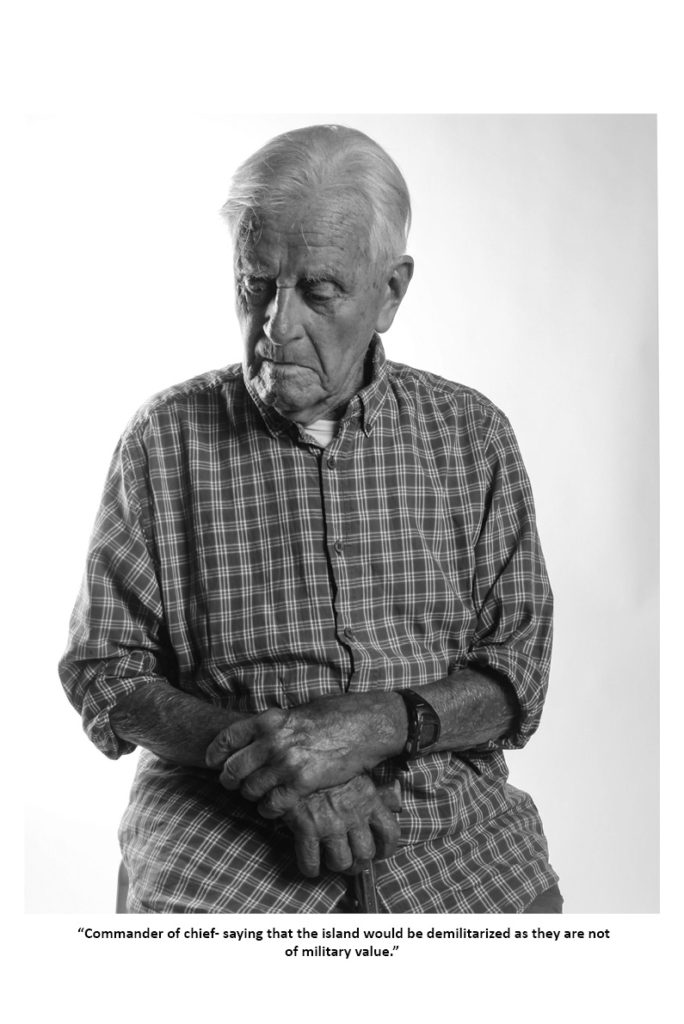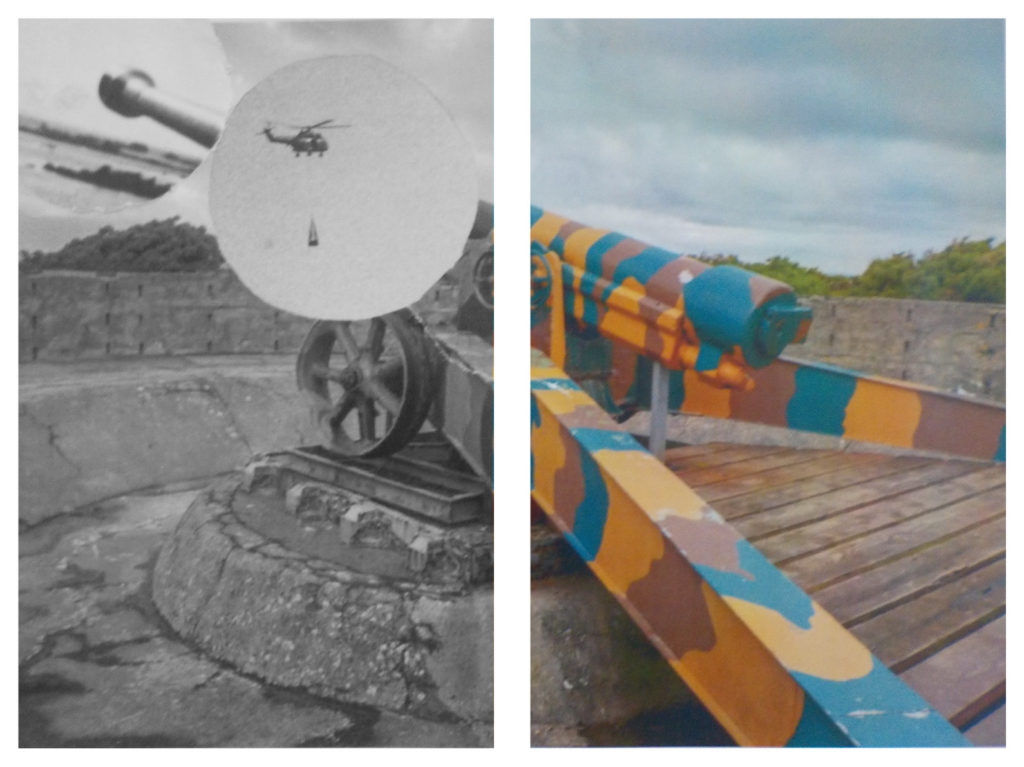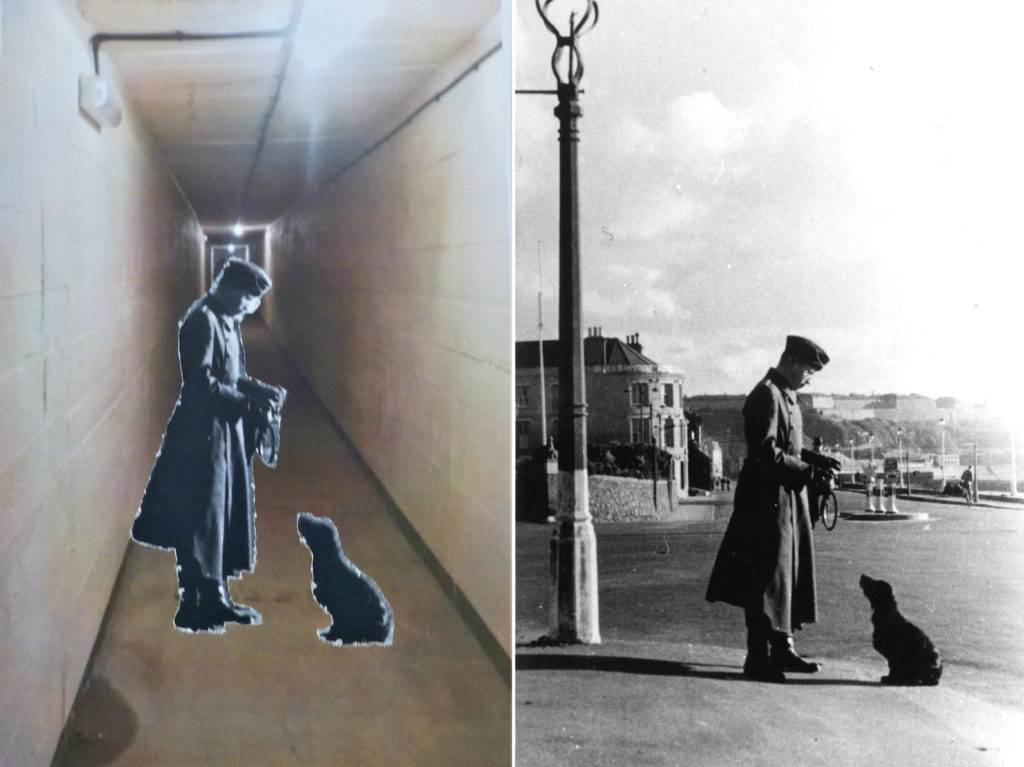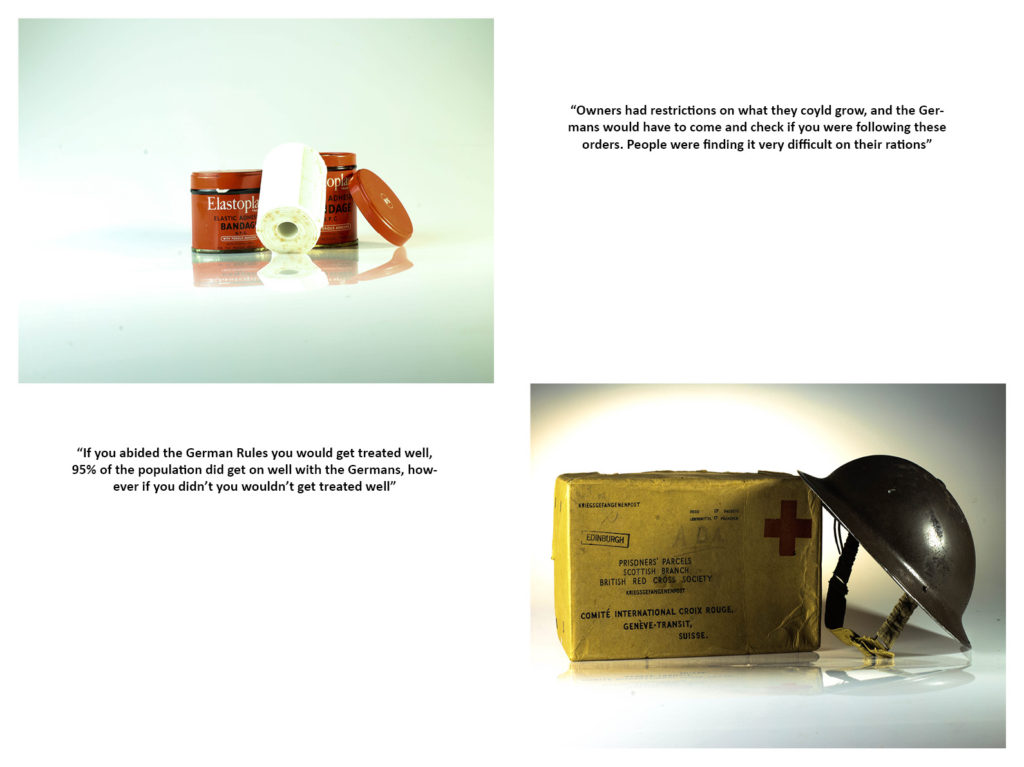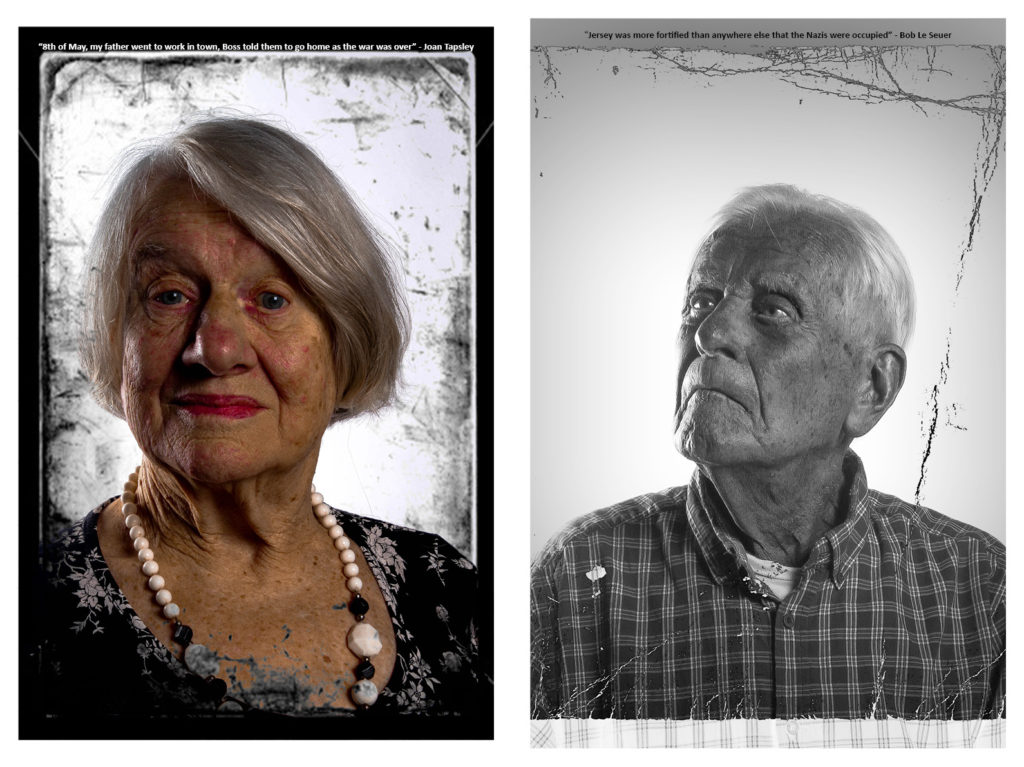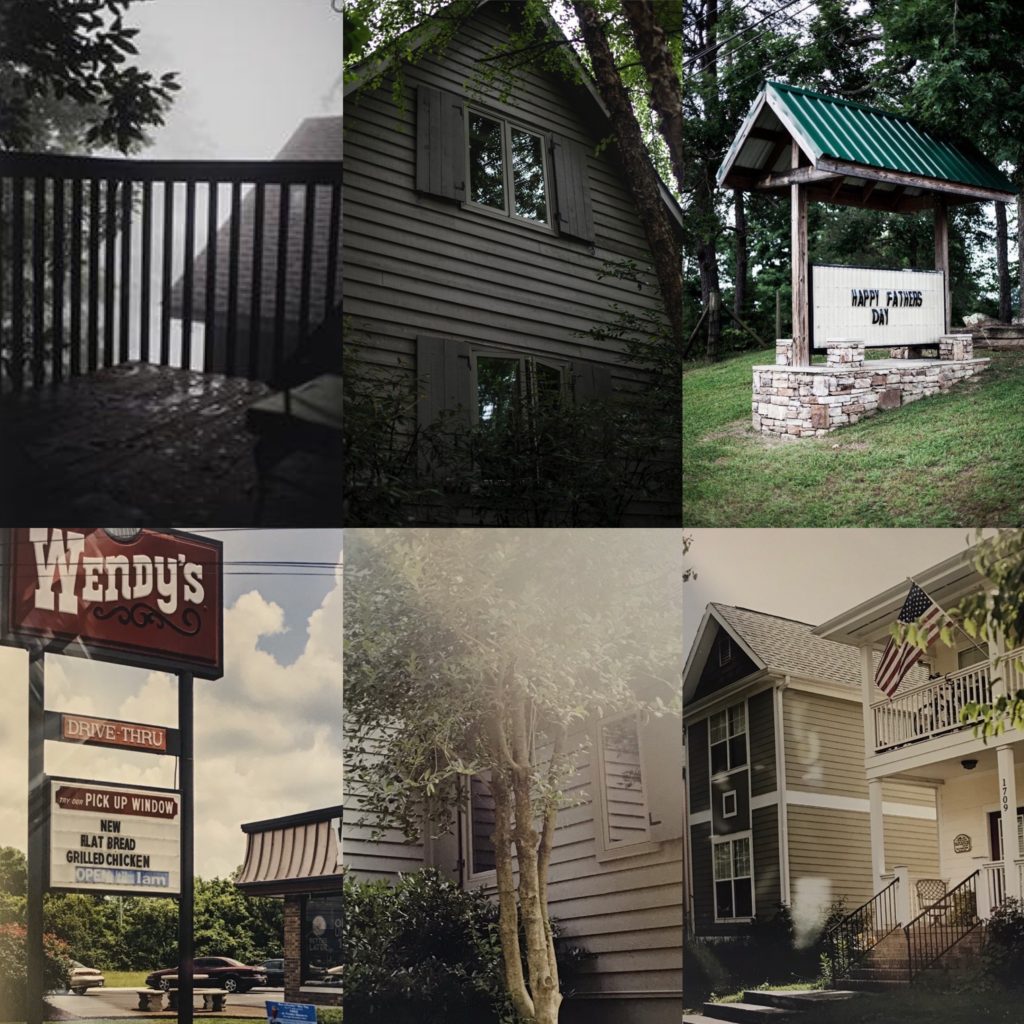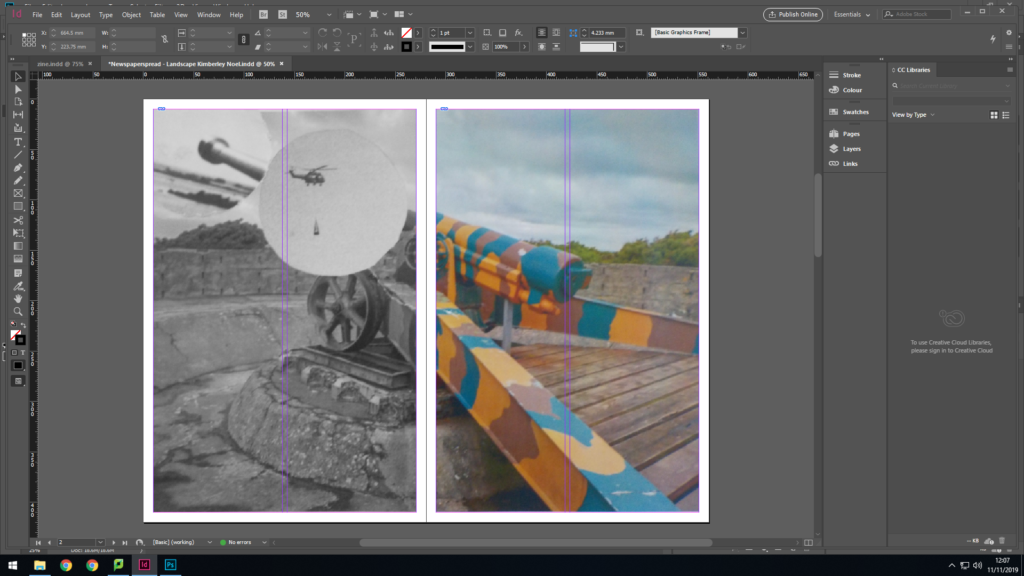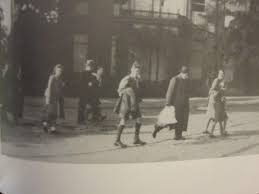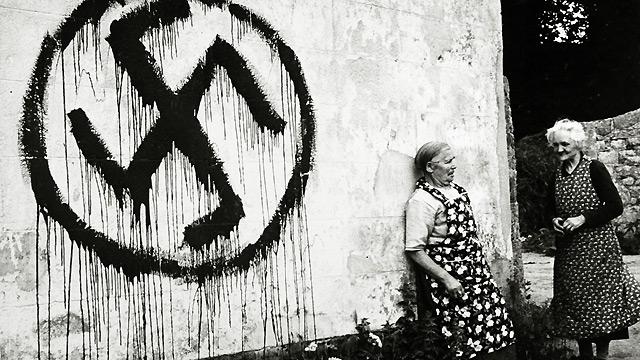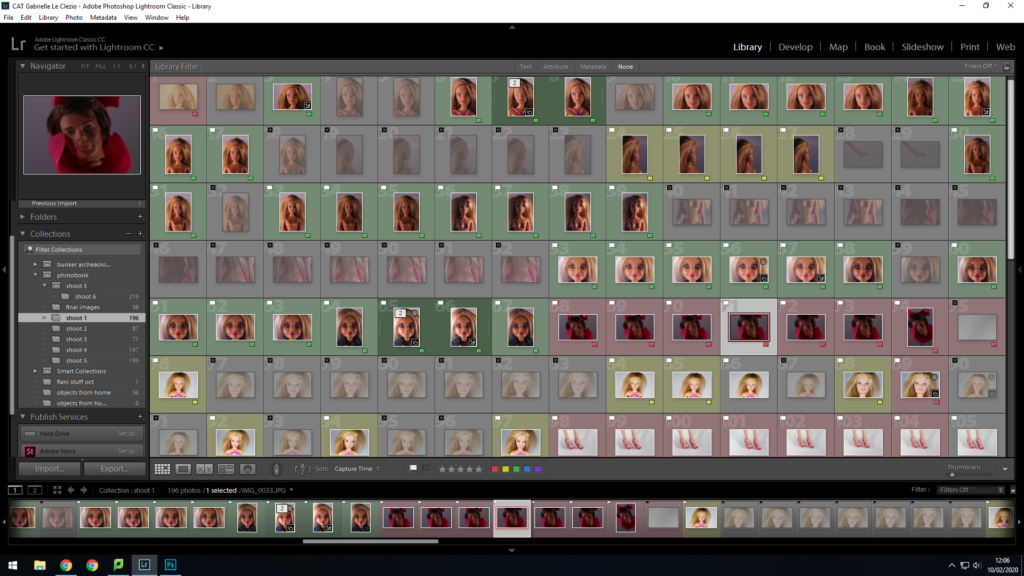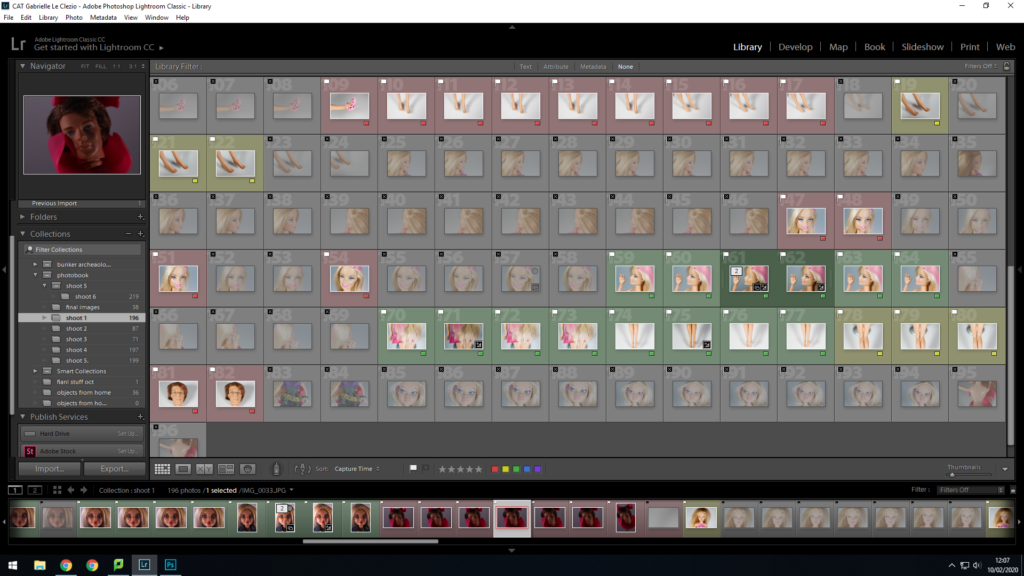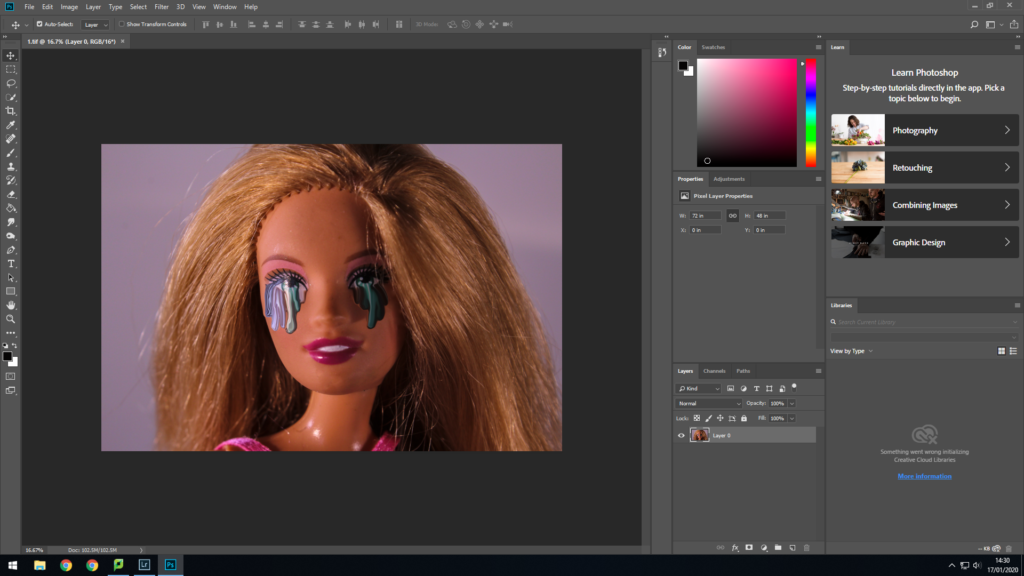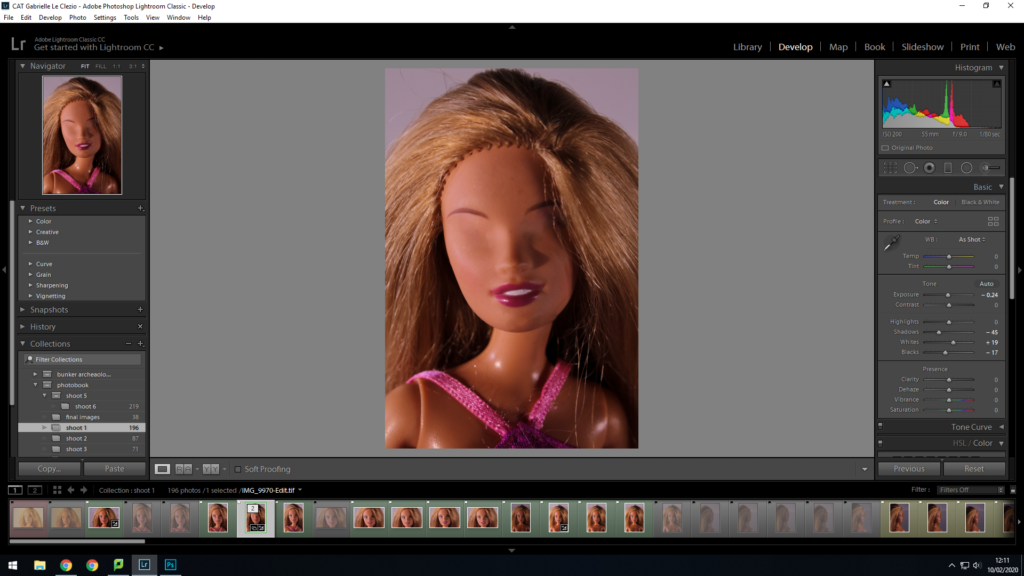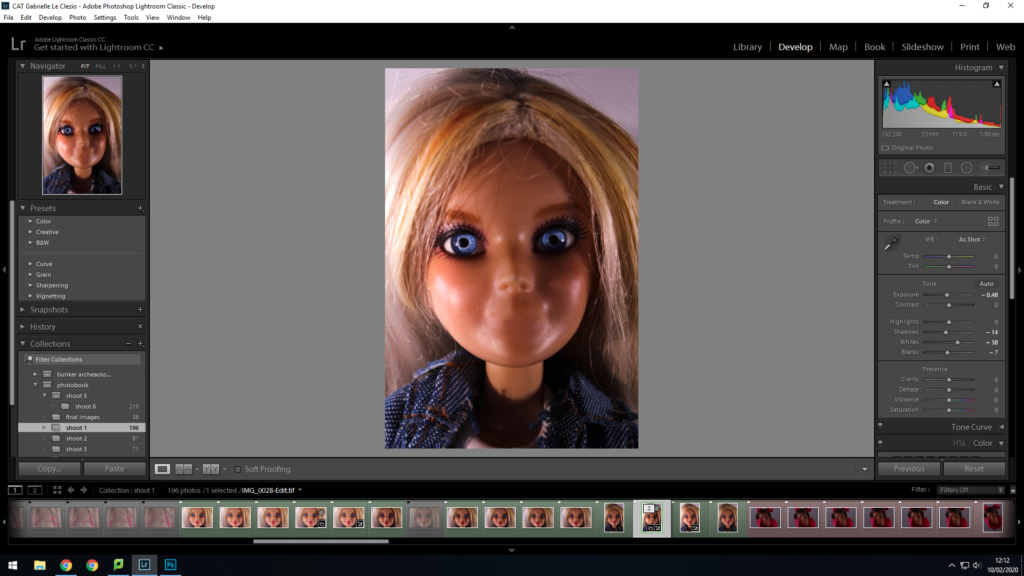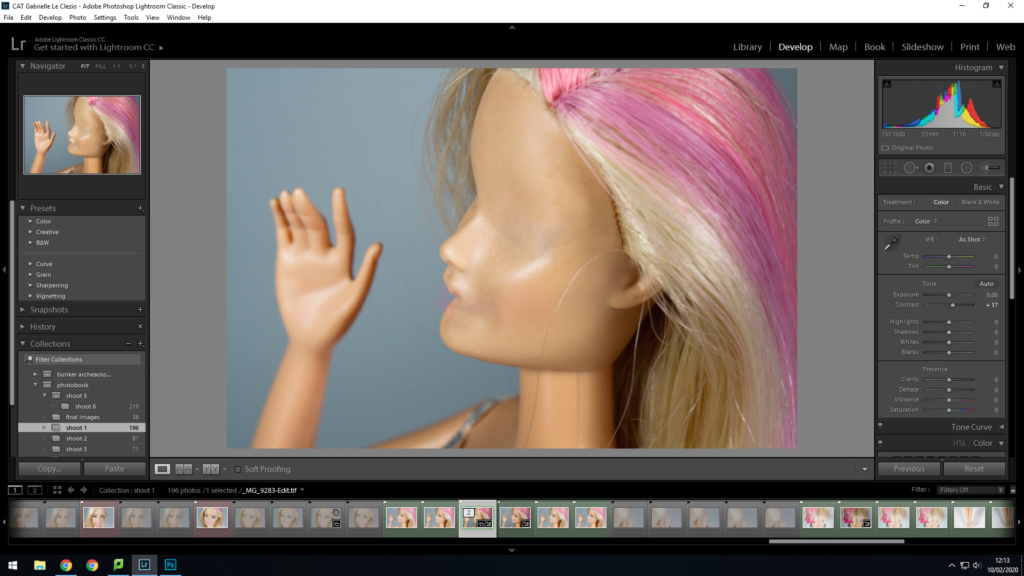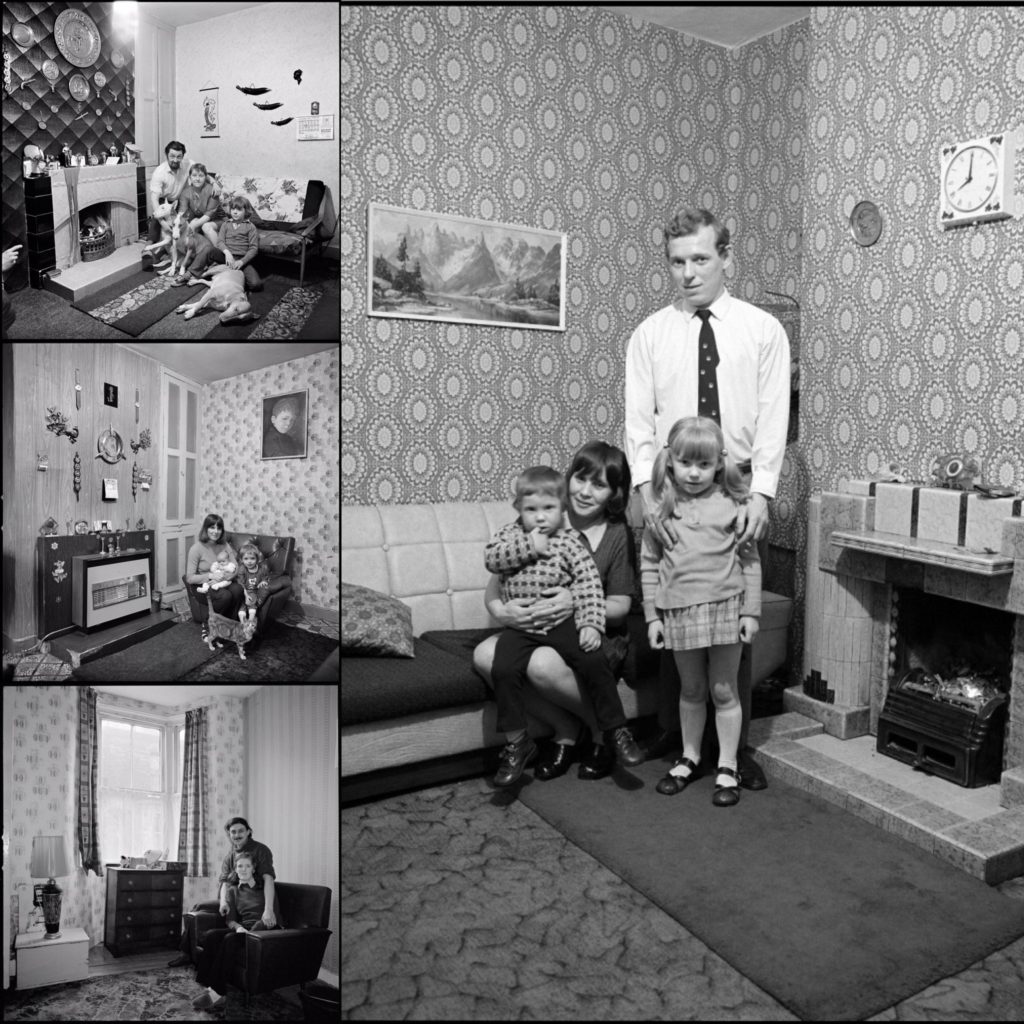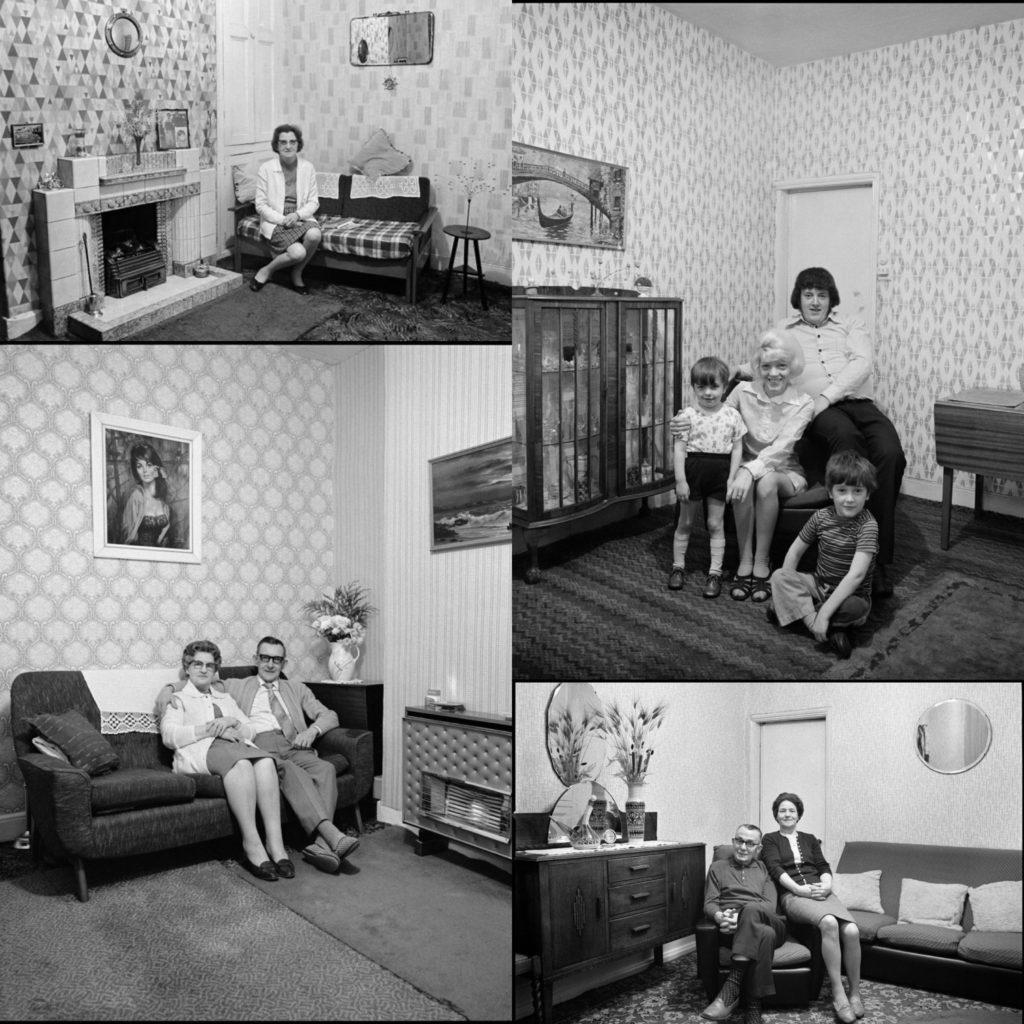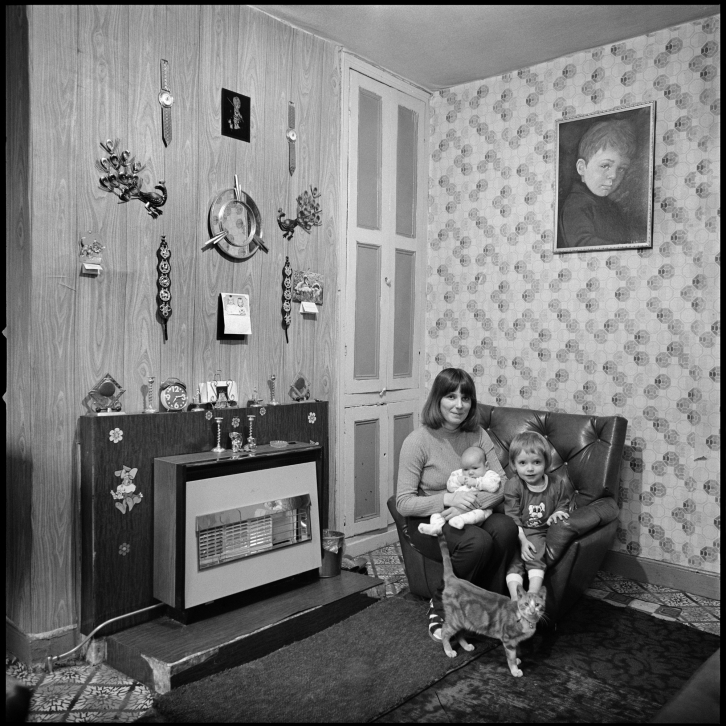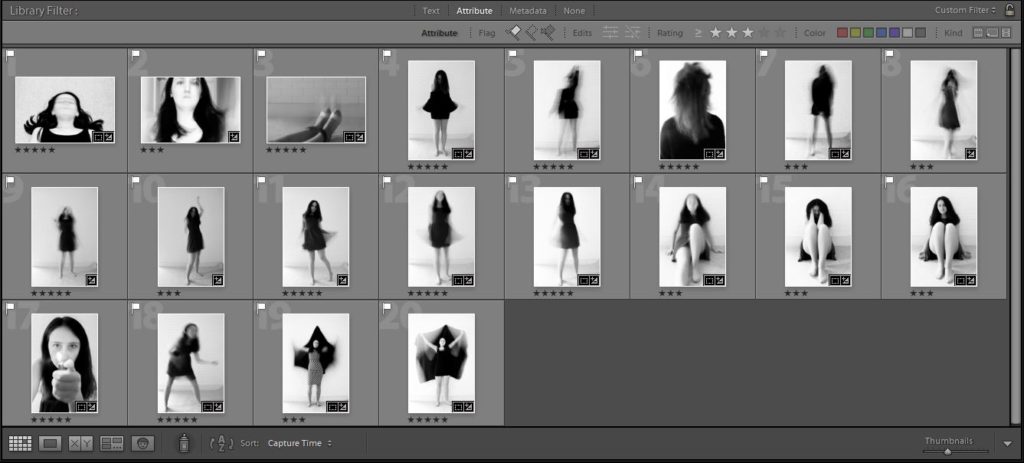
Over all Context/Concept:
Like Francesca Woodman, I took all my images as self-portraits. This was partly out of convenience, but also to give my images a more personal feel to them. Mental illness is a very individual thing in the sense that everyone experiences it slightly differently. I felt that self- portraits would be a good way to show this. I wanted my images to show a certain ‘madness,’ while also showing the severity of a mental illness such as depression. I want people to see how unpredictable mental illness can make you, which is why the images show a clear darkness, but some also show me having ‘fun.’
Similarly to Woodman, I wanted to show the lack of identity that is often felt by those who suffer from depression, myself included. I remember feeling like I just blended in with everyone else and while people heard me they never really listened. This led to my decision to imitate Woodman by using long exposure times to blur any movements I made whilst in front of the camera. This often gave me a ghostly look that frequently blurred my features, such as my face, resulting in the somewhat removal of my true identity.
Technical:
To capture the images I used a long exposure time of 2 seconds. I set my camera to capture 9 images with 2 seconds between each one.
During editing, I wanted to give my images a ghost-like look. To do this I adjusted to exposure to as high as I could and adjusted the blacks and shadows to make them stand out more and look more harsh. Finally, I made the images black and white. This was again to mimic Woodman’s work, but to also add to the darker tone of the images.
Image One:
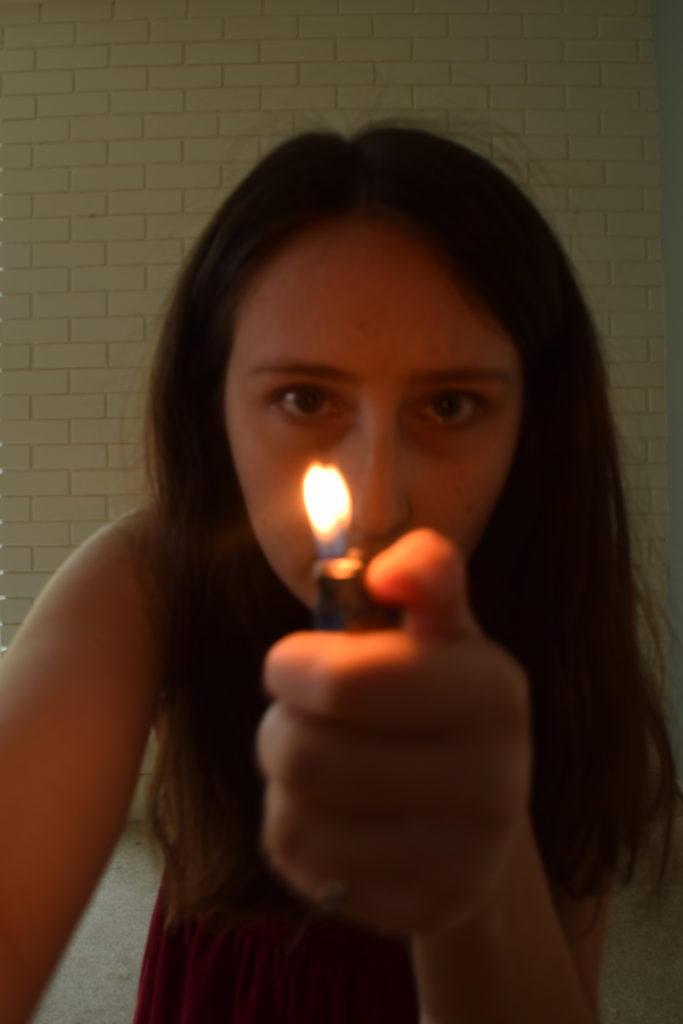
Before 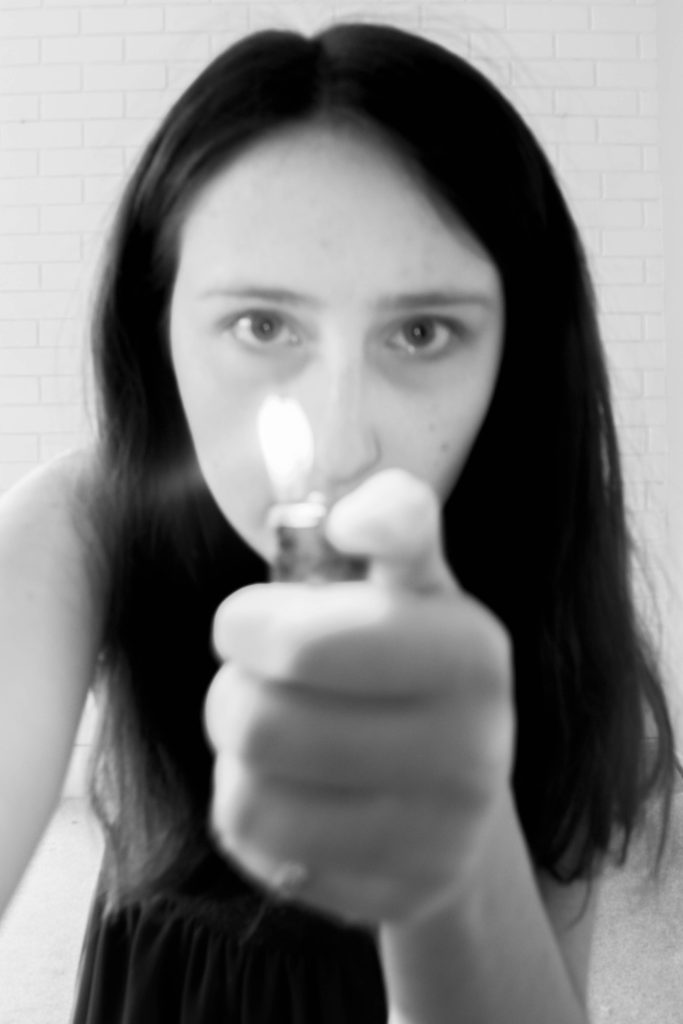
After
Context/Concept:
This image represents the ‘madness’ and lack of control often felt during a depressive episode. This image shows that mental illness can make you want to do things that in the right mind you would never give a second thought to, including self harming.
Visual:
This image shows me staring at a flame produced by a lighter. The lack of emotion on my face shows the seriousness behind my near decision to use the lighter.
Image Two:

Before 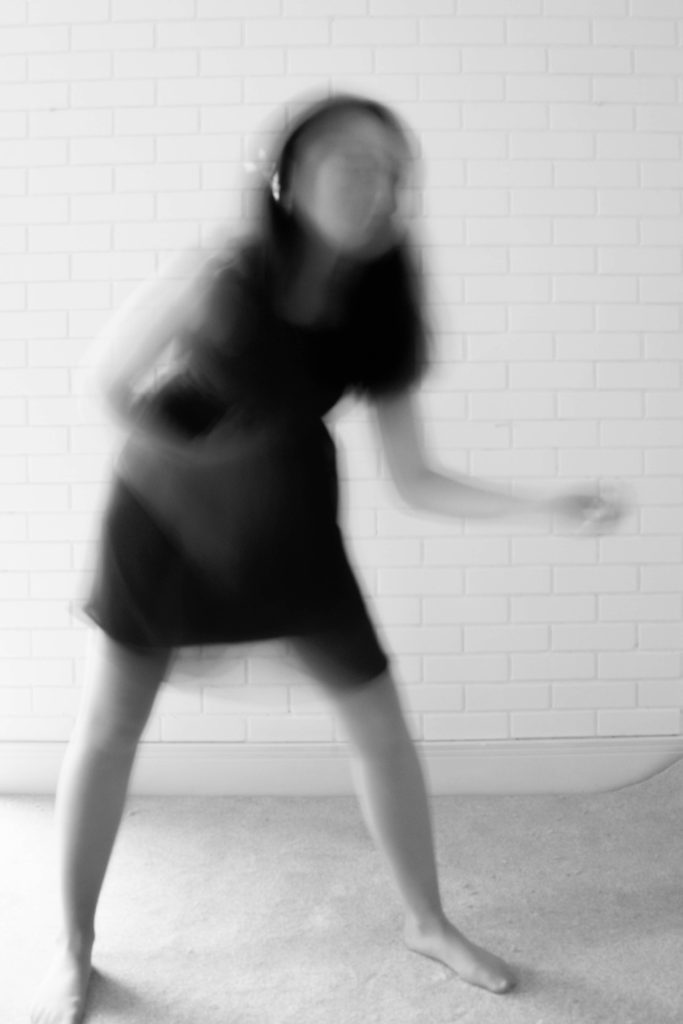
After
Context/Concept:
The idea I had behind this image was to demonstrate the flip side of depression. While mental illness is an ongoing condition, it is possible to have good days or even a few hours in which everything seems alright again. This is what I wanted this image to represent. It was common for me to find a sense of freedom in music. I listened to it when I was sad, angry or happy. It was a way to block out everything else and when I was alone, I would blast my favourite songs through the house and dance in the living room. The joy music brought never lasted very long, but I knew I needed it to make it to the end of the day.
Visual:
In this image I can been seen letting loose. I took this image while listening to The Vaccines and doing the air guitar and I can been seen wearing headphones whilst going so. I choose to wear headphones for the image as it best represents how I usually listen to music. I spent a lot of time in my room, on my own and I was afraid that if anyone else heard the music, they would realise what was wrong with me.
Like most of my images inspired by Francesca Woodman, my face is blurred. This mimics the lack of identity in Woodman’s images, but it also represents the persistent nature of depression. This image shows me having a bit of fun, however the burred nature of my features shows that I’m still ill; that my mental illness will rear it’s feared head at any moment. This is something that I sometimes still feel today. It’s gone for now.
Image Three:
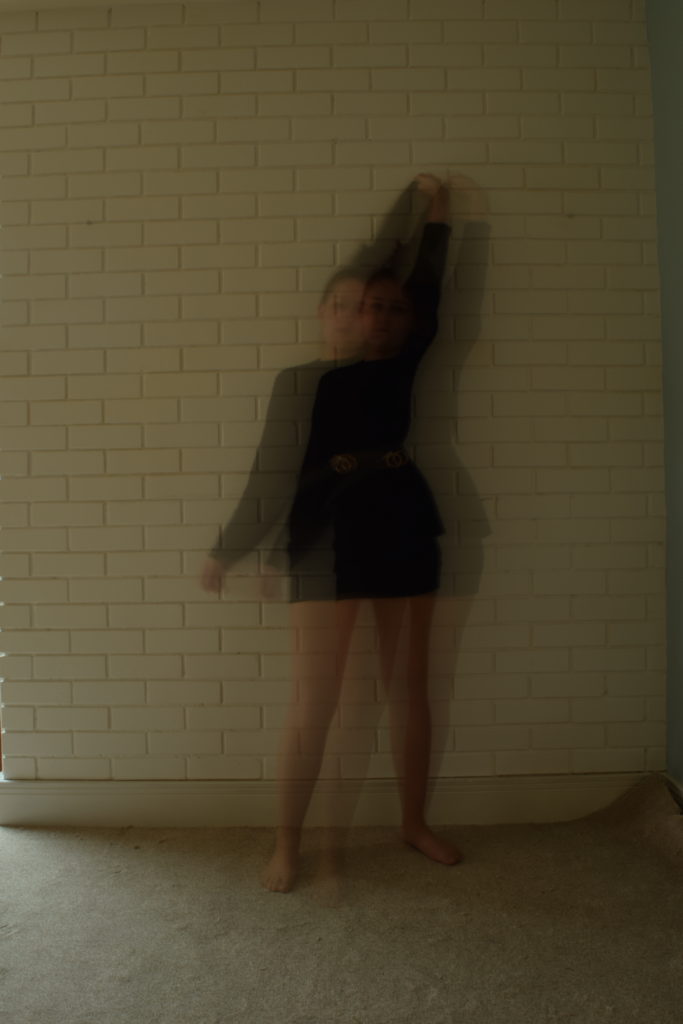
Before 
After 
Untitled, Rome. (1977-78)
Context/Concept:
This image was supposed to be a recreation of one of Francesca Woodman’s images. Woodman’s image gives the impression that she is trying to almost defy gravity. Perhaps, she feels tied down and is looking for an escape. At the time of the shoot, Woodman was staying in Rome. This could suggest that the images represents a new freedom from her family and the freedom of becoming an adult. However, while I like Woodman’s possible idea behind the image, I wasn’t sure that it was right for what I wanted to show. Instead I wanted my image to give the impression that I’m not really here.
Visual:
In my image you can see almost three of me holding up my hair as if pinned to the wall. I used long exposure to create the ghostly break from reality seen by the two other outlines of myself.


